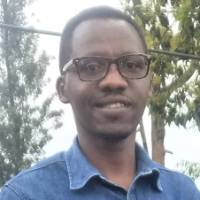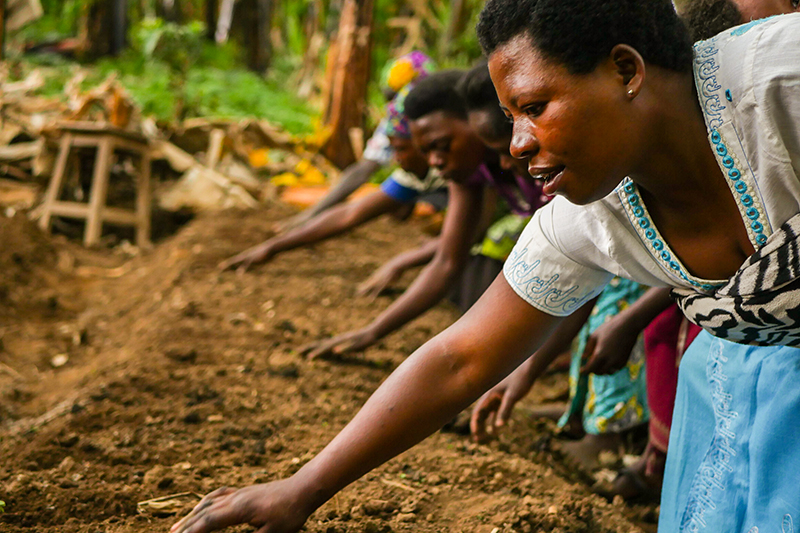November 24, 2020: What are the linkages between community-led development, nutritional health, and local resilience? And how has the COVID era highlighted the urgent need for all three? An MCLD sponsored event offered practical insights to these questions and more through presentations from Nuru Nigeria, Gardens for Health in Rwanda, and Uganda’s Food Rights Alliance, and subsequent discussions that highlighted the need for national level action, driven by local and national actors in every country to fast track more and better nutrition for communities.
Speakers:

Executive Director
Food Rights Alliance, Uganda.


Executive Director
Nuru Nigeria
- Food on its own is not a solution to malnutrition. As demonstrated by examples of malnutrition in what appear to be food secure regions, e.g. Uganda, Rwanda, Guatemala. Also, upon closer inspection, what may seem like food secure areas in national assessments are actually subsidized by foriegn remittances, INGO food distribution, and other outside-dependent sources, e.g. in Malawi. Regarding food access, it is ultimately an issue of power, ranging from the power within people to the power dynamics across society. We’ve heard the success stories, but what can we learn from past nutrition and agriculture projects that weren’t sustainable?
- We need to aim for transformation, not repeat unsustainable projects. This calls for systems change practices versus linear, oversimplified interventions. We can focus on “local systems” while also seeing how they are connected to national and international systems. These are system through which critical resources–including local voice, and public services–need to flow effectively, in all directions.
- Community-led development logic is a practical set of values and principles that generate a “social whole” approach, one that isn’t suited to top-down, sector-siloed development.
- African heritage–with its many diverse, context-attuned variations–must be better explored, with nearly forgotten assets reclaimed. Some of the old ways were/are not conducive to nutrition for all, e.g. gender and youth feeding social norms. Nevertheless, a wealth of nurturing cultural knowledge and traditions around local food–including growing, harvesting, marketing, preparation, and consumption–are at risk of disappearing. Many of these predate modern shifts to the concept of single “staple” foods and the promotion of cash crops for international export. These include healthy and biodiverse daily eating habits of children; local climate resilient / fast growing crops; knowledge of microclimates and weather cycles*; natural harvesting from conserved wilderness; and sustainable techniques like seed saving and propagation.
- Government and civil society policies are necessary but not sufficient. “We need to stop the culture of stopping at the ideation level in countries and in organizations. Implementation and sustainability are key.” -Amy G
- Government, civil society and private sector collaboration can make the ideation into real transformation at the level of the people–which calls for long-term, complex systems work.
- Technology is powerful: can and should be used in many ways.
- There are many “entry points”, and a menu of elements that can used to generate sustainable nutritional well-being. The ideal combination will vary by context. Determinants of success include the integrity of those involved, local voice and agency, strategic partnerships, ongoing learning and adaptation, and sound management.
Examples: women as household managers; women as farmers; farmer cooperatives; malnourished children as identified by health system; assembling and cooking nutritious meals; community collaboration and the growth of civil society organizations; urban food supply; family vegetable gardens; income generation for profitable enterprises; financial services including mobile money; national platforms to reach whole countries; strategic partnerships with local government; inclusion across gender, religion, tribe, etc.
*Example of ancient agricultural wisdom: Western scientists learned, the hard way, that Balinese “water worship” priests were effectively managing one of the most balanced agricultural systems in the world. Read more here.
To view or download the slide decks, click on the >> icon at right.


